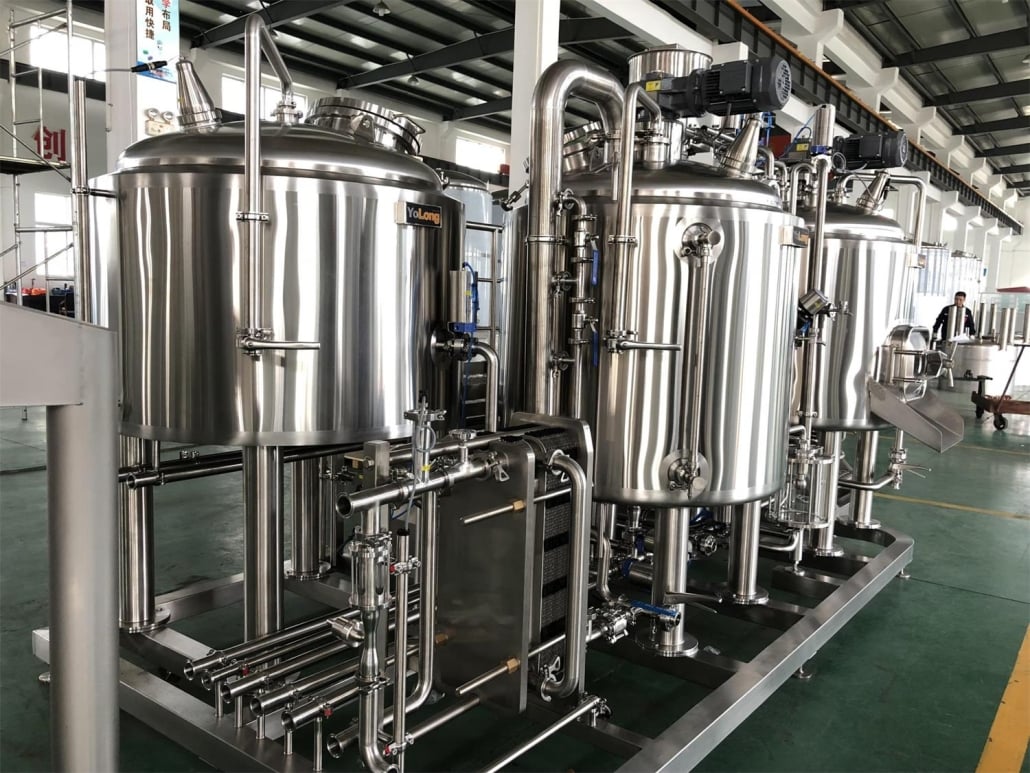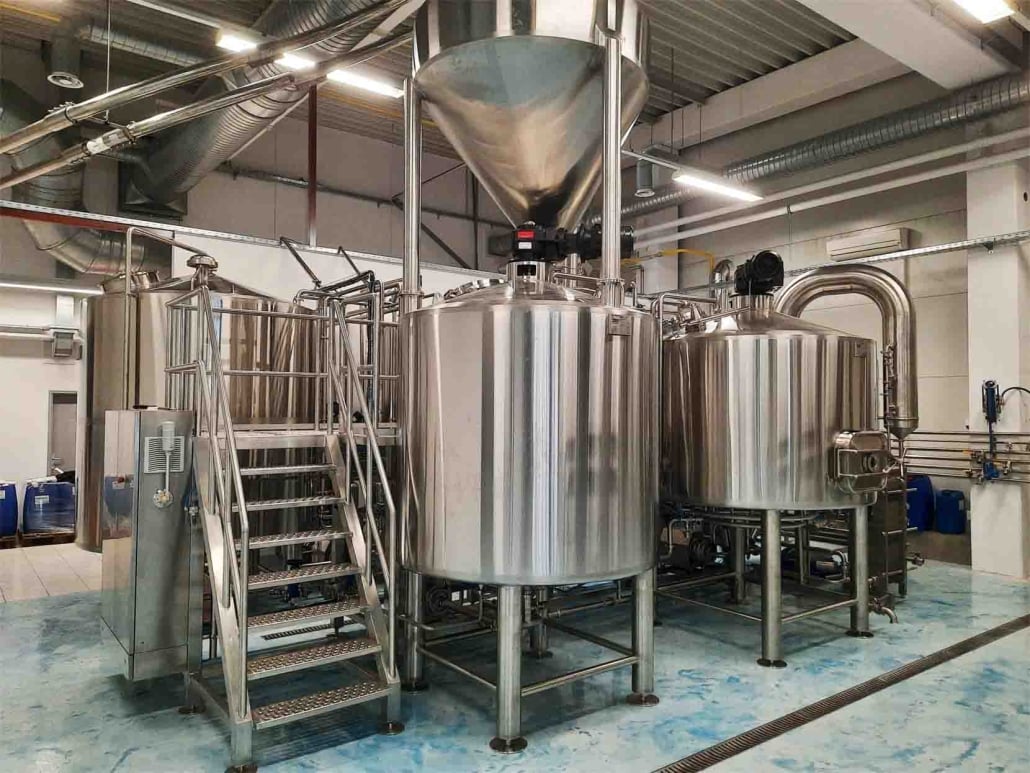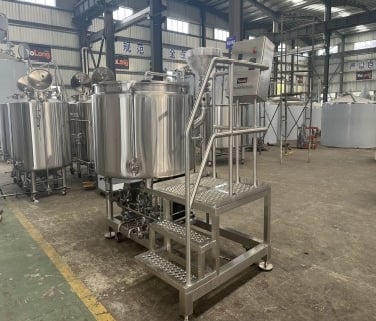How to Open Your Own Brewery
Starting your own brewery can be a thrilling venture. Imagine crafting your signature beer, the rich aroma of malt wafting through your space, and the anticipation of patrons enjoying your creations. But, the journey from idea to pouring the first pint can be complex. Here, we’ll guide you through each step, from the brewing process to choosing the right equipment, designing your space, and more. Whether you’re a beer enthusiast or a budding entrepreneur, this comprehensive guide is designed to help you navigate the ins and outs of opening your own brewery.
Overview of Starting a Brewery
Opening a brewery involves several critical steps: researching and planning, securing financing, acquiring equipment, finding the perfect location, understanding the brewing process, and navigating legal requirements. Each of these steps requires careful consideration and detailed execution. Below, we delve into each aspect, providing you with a roadmap to follow.
Research and Planning
Understanding the Market
Before diving in, it’s essential to understand the craft beer market. Research trends, identify your target audience, and analyze your competition. What types of beer are popular in your area? What can you offer that’s unique? Use this information to carve out your niche.
Creating a Business Plan
A solid business plan is your blueprint for success. It should outline your business goals, market analysis, marketing strategy, operational plan, and financial projections. This plan will not only guide you but also help secure funding from investors or lenders.
Securing Financing
Starting a brewery can be capital-intensive. You’ll need funds for equipment, licensing, initial supplies, and operating costs. Explore different financing options, such as bank loans, investors, crowdfunding, or personal savings. Present your business plan to potential financiers to demonstrate the viability of your brewery.

Acquiring Equipment
Equipment Guide
Choosing the right brewing equipment is crucial. The equipment you need will depend on your production goals and budget. Here’s a breakdown of essential brewing equipment:
| Equipment Type | Description |
|---|---|
| Malt Mill | Crushes malt to extract fermentable sugars. |
| Mash Tun | Vessel where malt is mixed with hot water to convert starches to sugars. |
| Lauter Tun | Separates the liquid wort from the grain husks. |
| Brew Kettle | Boils the wort with hops for flavor and sterilization. |
| Fermenter | Where wort ferments into beer. |
| Bright Tank | Holds beer after fermentation for maturation and carbonation. |
| Kegs and Bottles | For storing and distributing your beer. |
| Cleaning Equipment | Essential for maintaining hygiene and quality. |
Overview of Brewing Systems
There are various types of brewing systems to consider, each suited to different scales of production:
| Brewing System | Capacity | Ideal For | Price Range |
|---|---|---|---|
| Homebrewing Kits | 1-10 gallons | Hobbyists, small batches | $100 – $500 |
| Nano Breweries | 1-3 barrels | Small scale commercial | $5,000 – $20,000 |
| Microbreweries | 3-15 barrels | Local distribution | $50,000 – $250,000 |
| Regional Breweries | 15-30 barrels | Larger distribution | $250,000 – $1,000,000+ |
The Brewing Process
Brewing Process Explained
Brewing beer involves several steps, each critical to creating the perfect pint:
- Milling: The process begins with milling the malt to break down the grain and expose the fermentable sugars.
- Mashing: The crushed malt is mixed with hot water in the mash tun, where enzymes convert starches to sugars.
- Lautering: The mixture is then transferred to the lauter tun, where the liquid wort is separated from the solid grain husks.
- Boiling: The wort is boiled and hops are added for bitterness, flavor, and aroma.
- Fermentation: After boiling, the wort is cooled and transferred to a fermenter where yeast is added to ferment the sugars into alcohol.
- Conditioning: The beer is conditioned in bright tanks where it matures and carbonates.
- Packaging: Finally, the beer is packaged in kegs or bottles for distribution and sale.
Designing Your Brewery Space
Capacity, Space, and Layout
Designing your brewery space involves careful planning to ensure optimal workflow and safety. Consider the following factors:
| Aspect | Details |
|---|---|
| Capacity | Determine the volume of beer you plan to produce and select equipment accordingly. |
| Space Requirements | Ensure sufficient space for equipment, storage, and future expansion. |
| Layout | Design a layout that facilitates efficient workflow and meets health and safety regulations. |
| Customization | Consider custom equipment to fit unique space constraints or production needs. |
Finding Suppliers
Choosing reliable suppliers for your equipment and ingredients is essential. Compare suppliers based on the following factors:
| Supplier | Product Range | Price Range | Reputation |
|---|---|---|---|
| Supplier A | Comprehensive brewing systems | $50,000 – $300,000 | Highly regarded |
| Supplier B | Specialty equipment and custom builds | $75,000 – $500,000 | Well-known in the industry |
| Supplier C | Budget-friendly options | $20,000 – $150,000 | Good for startups |
Installation, Operation, and Maintenance
Proper installation and regular maintenance of brewing equipment are crucial for efficiency and product quality:
| Aspect | Details |
|---|---|
| Installation | Professional installation ensures equipment is set up correctly and safely. |
| Operation | Staff training on equipment use and safety protocols is essential. |
| Maintenance | Regular maintenance and cleaning prevent contamination and prolong equipment life. |
Choosing the Right Supplier
When selecting a supplier, consider the following criteria:
| Criteria | Importance |
|---|---|
| Quality | High-quality equipment ensures durability and better brewing results. |
| Support Services | Suppliers offering technical support and training can be invaluable. |
| Price | Ensure the cost aligns with your budget without compromising on quality. |
| Reviews and Testimonials | Look for positive feedback from other brewery owners. |
Comparing Equipment Options
Making an informed choice involves weighing the pros and cons of each option:
| Option | Pros | Cons |
|---|---|---|
| Standard Systems | Cost-effective, readily available | May lack customization, potential limitations in scale |
| Custom Systems | Tailored to specific needs, flexible design | Higher cost, longer lead times |
| Used Equipment | Budget-friendly, faster setup | Possible wear and tear, limited warranty |
Navigating Legal Requirements
Opening a brewery involves complying with various legal requirements:
- Licensing and Permits: Obtain the necessary federal, state, and local licenses. This includes a brewing permit from the Alcohol and Tobacco Tax and Trade Bureau (TTB), and state-specific permits.
- Zoning Laws: Ensure your chosen location complies with local zoning laws for manufacturing and selling alcohol.
- Health and Safety Regulations: Adhere to health and safety standards to maintain a clean and safe brewing environment.
Marketing and Selling Your Beer
Building Your Brand
Creating a strong brand identity is crucial for attracting customers. Develop a unique logo, design eye-catching labels, and create a compelling brand story that resonates with your target audience.
Marketing Strategies
Implement diverse marketing strategies to promote your brewery:
- Social Media: Utilize platforms like Instagram, Facebook, and Twitter to engage with your audience and showcase your beer.
- Local Events: Participate in beer festivals, sponsor local events, and host tastings to build community presence.
- Website and SEO: Create a professional website and optimize it for search engines to attract online traffic and provide information about your brewery.

FAQ
| Question | Answer |
|---|---|
| How much does it cost to start a brewery? | Costs vary widely, but a small microbrewery can cost between $50,000 and $250,000, while larger setups can exceed $1 million. |
| What permits do I need to open a brewery? | You need federal permits from the TTB, as well as state and local licenses, which vary by location. |
| How long does it take to open a brewery? | The process can take from several months to over a year, depending on the complexity of permits and construction. |
| What kind of beer should I brew? | Consider brewing styles that are popular locally but also unique offerings to stand out in the market. |













